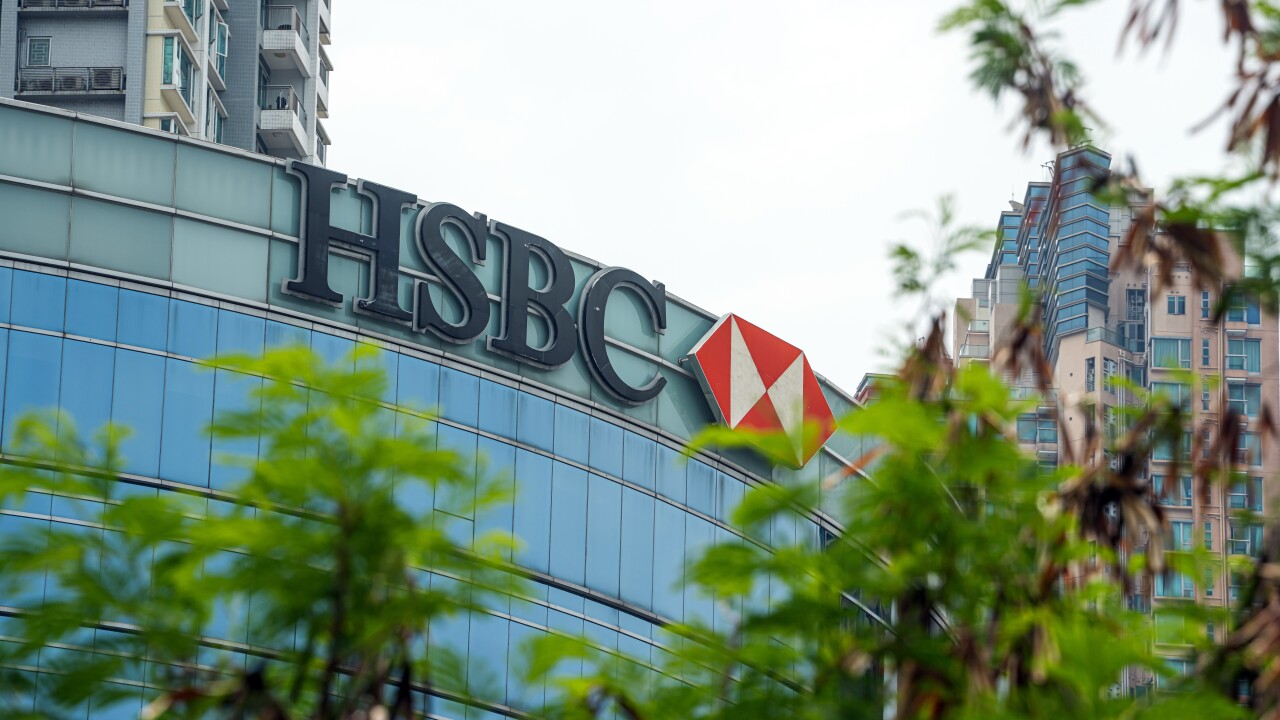Fintech adoption by consumers
Fintech tools able to improve consumers’ overall financial health require financial and tech literacy to utilize them. Yet
Traditionally, the Community Reinvestment Act has been useful in promoting education; financial literacy programs targeted to low- and moderate-income individuals count as

And the need to improve financial literacy against the fintech backdrop has never been greater. Several
Yet current technology innovations are a missing piece of the existing CRA framework.
A recent BankThink article by Reps. Gregory Meeks, D-N.Y., and Cedric L. Richmond, D-La., on a plan by the Office of the Comptroller of the Currency to apply CRA requirements to fintech charter recipients, summed up the issue succinctly. “The CRA’s spirit is in dire need of reinvigoration in the digital age,” they said.
The federal bank regulators have issued updates on how CRA is enforced, but a recent
The CRA was enacted in 1977, at a time when ATMs were just becoming widespread, and nobody could have predicted the smartphone, which is essentially a bank branch in our pockets.
Additional guidance on how CRA incorporates cutting-edge financial technology is necessary. The industry is still struggling to get definitive answers from individual examiners on what they should be doing.
The gap between the CRA and technology represents the perfect time for banks to unify as one major force when talking to regulators about how to bring the CRA into the 21st century. In turn, regulators can provide valuable and clear guidance in the form of data points and benchmarks that the industry can depend on. Doing so will help define the virtually limitless potential of modern technology to respond to community needs.
If banks work with other industry stakeholders to fuse modern CRA efforts with developing technology, they can spark financial wellness in unprecedented ways.





